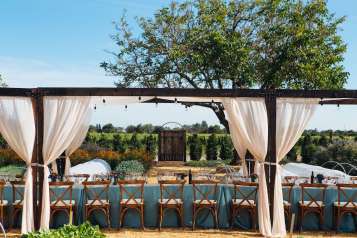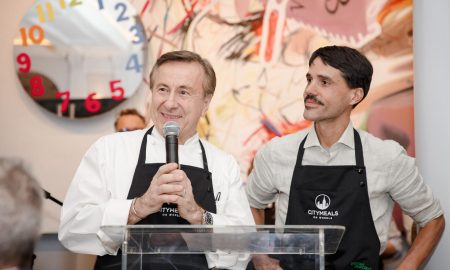Wine director and sommelier at The NoMad, Thomas Pastuszak was featured on Forbes’ 30 Under 30 list, in 2014, as an up-and-comer in the food and wine world. Here we talk to Pastuszak about trends in wine and champagne.
What makes the wine and champagne collection at The NoMad competitive for a New York venue?
We have a deep cellar at NoMad with nearly 2,000 different wines. We focus on the cool-climate regions around the Northern hemisphere, as they make the wines that work best with Chef Humm’s cuisine: Champagne, Burgundy, and the Northern Rhone in France, Piedmont in Italy, and up-and-coming regions like the Finger Lakes, which is right in New York City’s backyard. While we have great classics with plenty of bottle age, we also want to be sure we have affordable options on the wine list (over 200 of our selections fall under $100 a bottle). We have some of the most competitive pric- ing in the world when it comes to highly collectible wines, as well as (what we believe to be) the biggest collection of Finger Lakes Riesling of any restaurant.
Rarest wines/champagnes in the collection:
There are a lot of great options, but among the very rarest and hardest-to-find champagnes are Krug Clos du Mesnil 1990 and Dom Perignon Oenotheque 1969. As it relates to still wines, we have a significant selection of wines from Domaine de la Romanee-Conti, the famed Burgundy estate, including multiple vintages of La Tache and Romanee-Conti, of which only a few barrels are produced each year. From Italy, we have multiple vintages of Giacomo Conterno Barolo Monfortino, one of the greatest red wines of Italy, with bottles going back to the 1950s.

Recent wine and champagne discoveries:
In Champagne, the wines of J.L. Vergnon in Le Mesnil-sur-Oger are piercing, mineral-driven, and have gorgeous flavor and texture, a must-try for crisp champagne drinkers. In Portugal, Luis Seabra is making some unique and terroir-driven wines in the Douro; the region has always been known for richer red wines, but Luis is making tangy, aromatic, and overall delicious whites from the granite and schist soils of this appellation. In the case of both of these wines, they’ve only recently started importing them, so go out and nd them as soon as you can!
Wine region to watch:
The Finger Lakes! I’m a New York City native, but the Finger Lakes was my home for a decade. It’s a stunningly beautiful cool- climate region only a few hours’ drive from New York City, not only producing many delicious Rieslings (in particular, dry Rieslings), but also a lot of delicious rosé and red wines from Cabernet Franc, the flagship red grape of the area.
What you’re drinking:
Spicy, aromatic red wines from the Northern Rhone Valley. While there are many stunning (and often pricey) reds from appellations like Hermitage and Cote-Rotie, there are also a lot of everyday- drinking values from regions like Saint-Joseph, Crozes-Hermitage, and Cornas. If you’ve only had Syrah from Australia, California, or elsewhere in the world, be sure to taste some Northern Rhone Valley Syrah as soon as possible, so you can see why the rest of the wine world got so excited about the birthplace of this amazing grape!

























